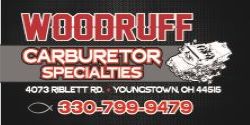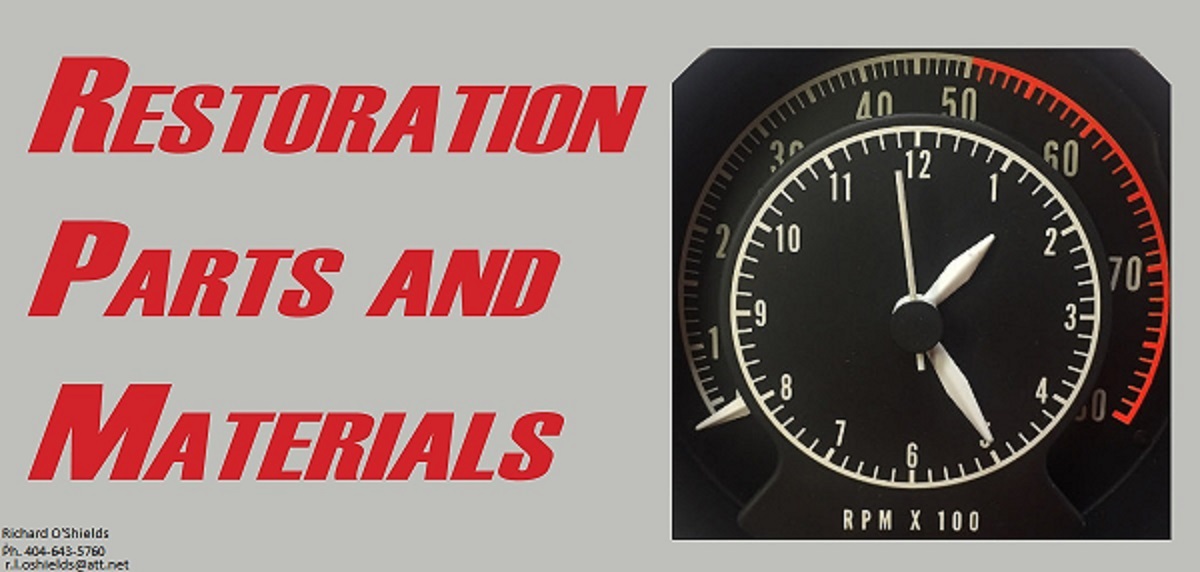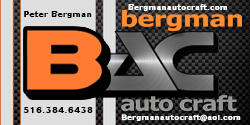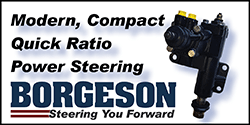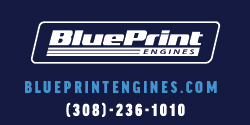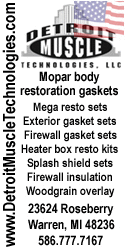Ford 400 is poop because of the head design, limited years of sale and with big crank journals theres more rotating weight too.
A 400 chebbie has a 4.125" bore and a 3.75" stroke. It also has a short 5.565" rod that is even shorter than the pathetic standard 5.7" regular chebbie unit. The aftermarket makes 5.850" and 6" rods for them, but those are still shorter than the Mopar rods. SBMopar has another advantage over the SBC, as the valves cross the deck on the centerline, not behind it so larger valves can be used on our Mopars too.
Back in the days before cheap stroker cranks came out, I used 6" sbc small journal (2" diameter) rods with .060 under sbc rod bearings on offset ground 360 cranks for a few extra cubic inches.
The 400 chebbies 4.125 bore allows the heads to be unshrouded more out to the larger gasket size too. I have done lots of 440" on 400 blocks at .060 over! A plus for the bow tie guys.... But, to get any real sized cams in SBCS requires a small base circle cam to clear the big ends of the rods too.
And just to show how the engineers screwed the pooch on the new LS motors:
you have to pull the heads to remove the lifters!
The lower rocker cover flange is so close to the springs that u can't cut the seats for larger diameter springs! Tool steel springs and titanium retainers, big bucks!
They could have made the block 3/8" longer so a bigger bore was possible too.
The oil pump is crank mounted so the required 15" long pickup tube mounted to the caps empties of oil when not running, so it fills the bearings and lifters with air on startup until the system primes! AND, the pickup tube is sealed at the top with a 15 CENT O ring that shrinks and splits after 4 or 5 years causing an air leak there even further slowing down the pumps priming. Those are the reasons that LS motors kill lifters at around 100,000 miles, and ya gotta pull the heads to change them. Oh yeah, to replace that O ring requires pulling the pan and removing all of the front accessories! On a AWD or 4 WD that requires pulling the engine too!
RB and small blocks have that nice tall deck height too, contributing to making more power.
Mopars use a higher nickle content in the blocka and heads to make them stronger and less corrosion prone too.
AREN'T YOU GLAD U RUN MOPARS!!!!
They are my favorite! That's why I'm currently doing a half inch, 7.100 rod 512 for my 72 Challenger...
TIMINATOR


